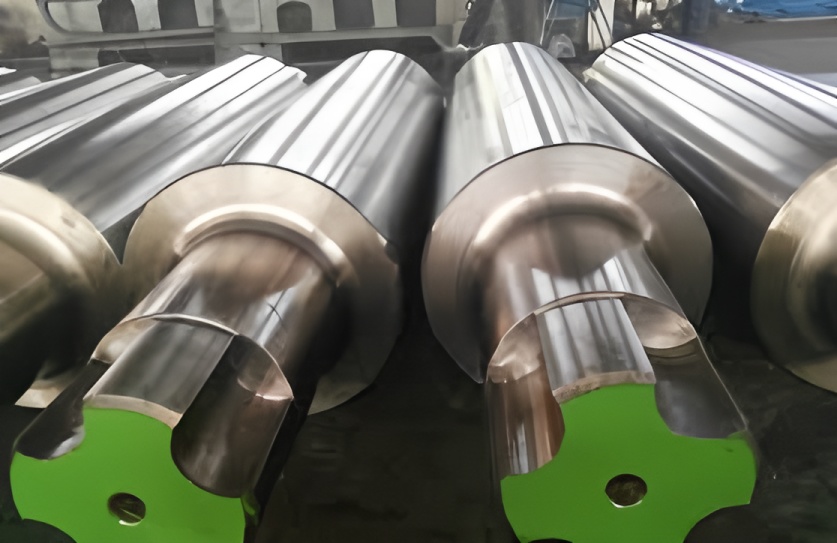Overview and Applications of Forged Steel Rolls
Forged steel rolls are categorized into two main types: forged steel hot rolls and forged steel cold rolls.
Forged steel hot rolls are primarily used in hot rolling and the roughing stands of section steel mills, while forged steel cold rolls are widely employed as work rolls in cold rolling applications.
Due to the high quality requirements of cold-rolled sheets—which are extensively used in light industry, automotive, construction, and railway sectors—producing high-quality cold-rolled sheets necessitates the use of superior cold-rolled work rolls. This imposes stringent demands on the performance of cold-rolled work rolls.
The roll body must possess high and uniform surface hardness to ensure dimensional accuracy and excellent surface quality of the cold-rolled strip or sheet. It must also have a hardened layer of sufficient depth and high resistance to operational accidents.
To achieve these properties, the initial microstructure of the roll material must meet strict criteria: high metallurgical purity and structural uniformity. High metallurgical quality requires dense crystallization of the steel ingot, minimal segregation, absence of flakes, and the lowest possible content of non-metallic inclusions.
The desired microstructure in the operational state consists of fine acicular martensite and finely dispersed carbides, with carbide particle sizes kept small (0.5–2 microns) and uniformly distributed. This structure ensures a sufficiently deep hardened layer. Increasing the depth of the hardened layer reduces the frequency of re-quenching during use, significantly lowering roll costs.


